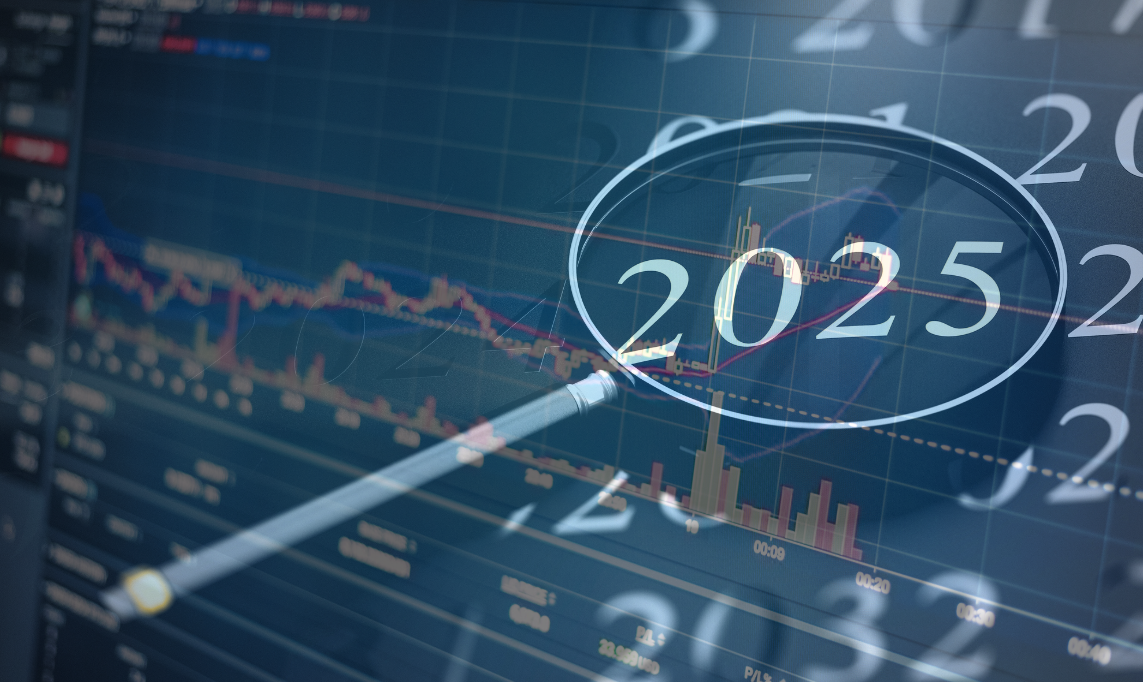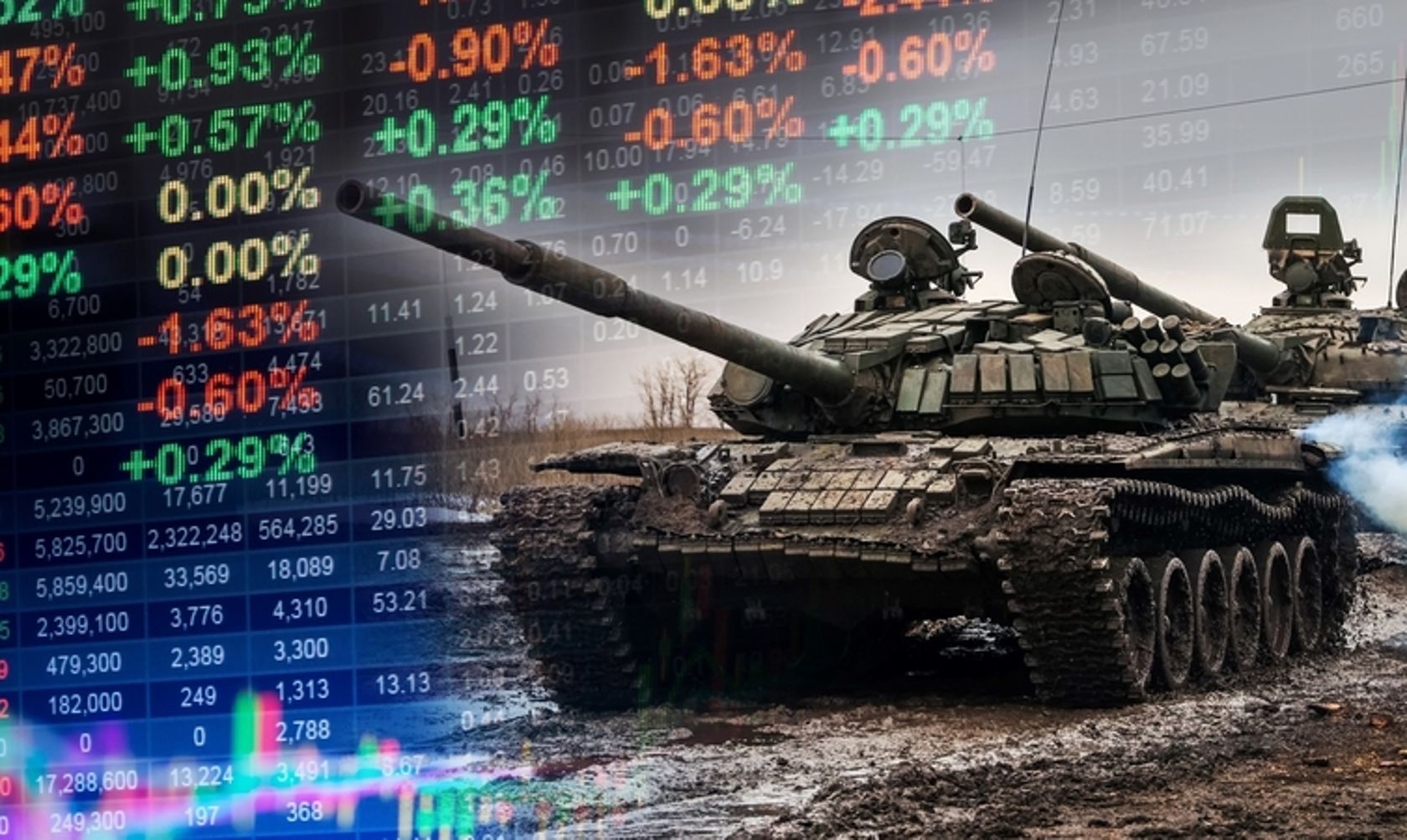
Russia - Ukraine: the Financial Markets Impacts
Strong initial declines and a gradual return to pre-conflict levels. Two months of war in Ukraine have taught us a lot about how savers should (and should not) behave in times of high volatility.
Last February 24, Russia's armed attack on Ukraine threw the world into old fears that were thought to be a distant memory 70 years ago. As if that wasn't enough, the outbreak of war in Europe came at a time in history when the fight against the Covid19 pandemic is not yet definitively over. For this reason, from the outset, concerns about global instability and apprehension about the fate of entire populations were compounded by the strong uncertainties linked to the world of savings and investments.
As is always the case when faced with economic or geopolitical crisis scenarios, in fact, as soon as the conflict broke out the international stock markets went through a period of strong price volatility, sowing concern among investors. The harsh sanctions applied by the international community against Russia have also resulted in a further increase in the cost of energy and various raw materials, above all affecting households and companies.
Analyzing what has happened to the world of savings in these first two months of the war, however, highlights some historical recurrences that should always be kept in mind, also with a view to the future. Let's see them together.
Russian attack hits stock markets
Putin's Russia's offensive has not only affected Ukraine, but also the financial listings.
In the first two weeks of the war, all the main world stock exchanges recorded double-digit losses. The repercussion was especially strong in Europe: from February 24 to March 8, the main Milan stock exchange (FTSE MIB) lost 14.6%, Frankfurt 14% and Paris 12%, while London registered smaller losses, but still in the order of 7 percentage points.
In practice, within 14 days all the main international stock markets returned to the lows of two years earlier, effectively cancelling all attempts to recover from the pandemic crisis.
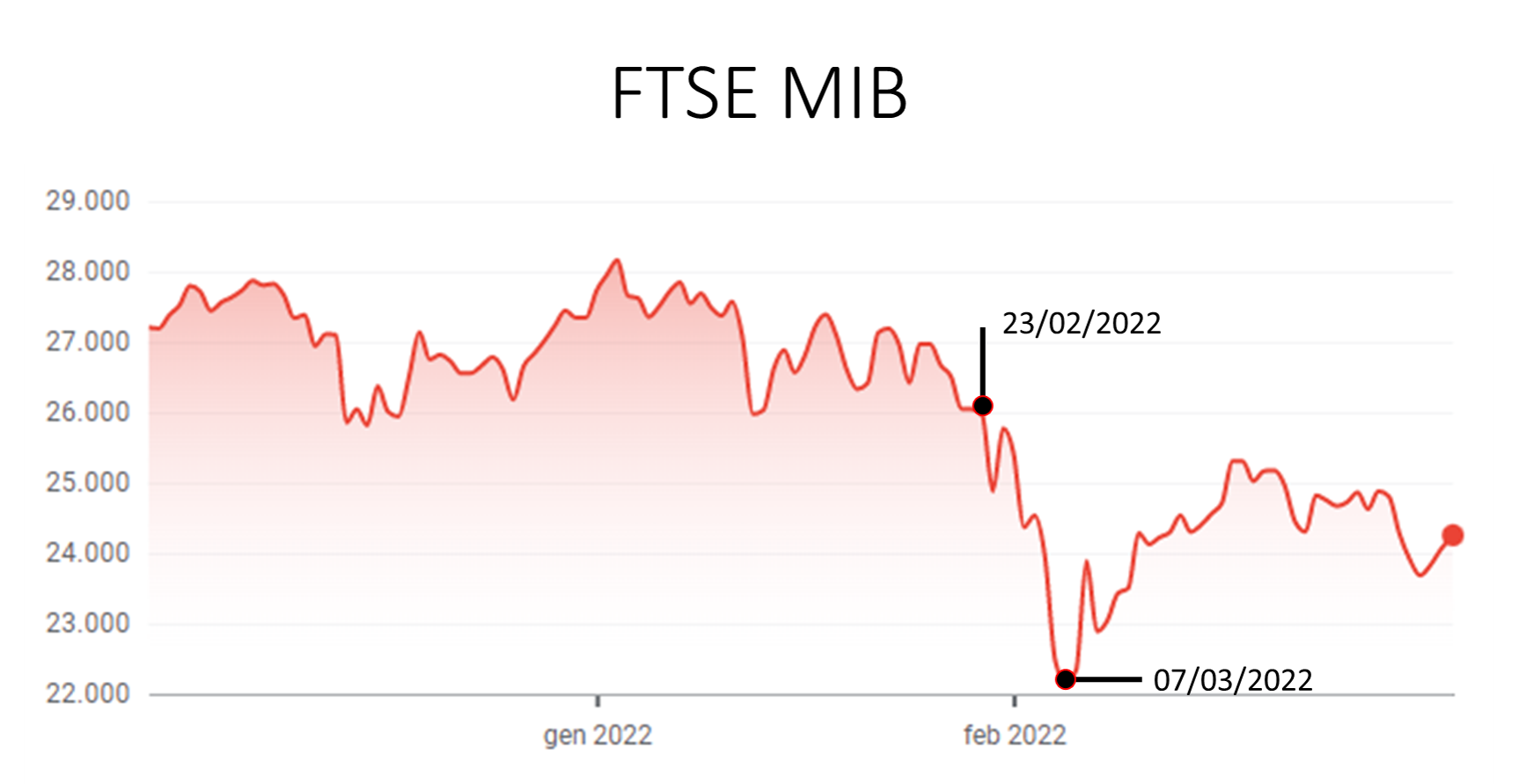
FTSE MIB Index
Price lists in lightning recovery
The market retracement described above did not last long. By the end of March, in fact, almost all stock exchanges had already returned to pre-war levels. The picture of the stock markets exactly one month after the outbreak of the conflict is emblematic. On March 24, the Euro Stoxx 600 index (the one that brings together the most important securities among the European stock exchanges) had lost just 0.87%, with the individual stock exchanges also approaching these values: Frankfurt lost 1.09%, Paris 1.89% and London just 0.47%. Even more emblematic was the case of the American Dow Jones. In just one month, it had even risen by almost 5 percentage points.
It should be noted that this recovery of the markets came despite an inflationary ride not seen in years and strong pressure on central banks for interest rate policies.
A look at history
In reality, what happened on the markets regarding the war in Ukraine is not new but something already seen many times in history.
In fact, many crises have followed one another: from the 1929 Wall Street crisis to World War II, from the Internet bubble to Lehman Brothers, from the Gulf War to the Balkans. In all these cases, the stock markets have always largely recovered their losses in less than 12 months.
A further example is the recent example of the Covid19 pandemic. Between mid-February and March 20, 2020, when the Covid-19 pandemic broke out, the U.S. S&P 500 index lost more than 30% of its value in just a few weeks, only to gain as much as about 100% by December 31, 2021, i.e. within a little more than a year and a half.
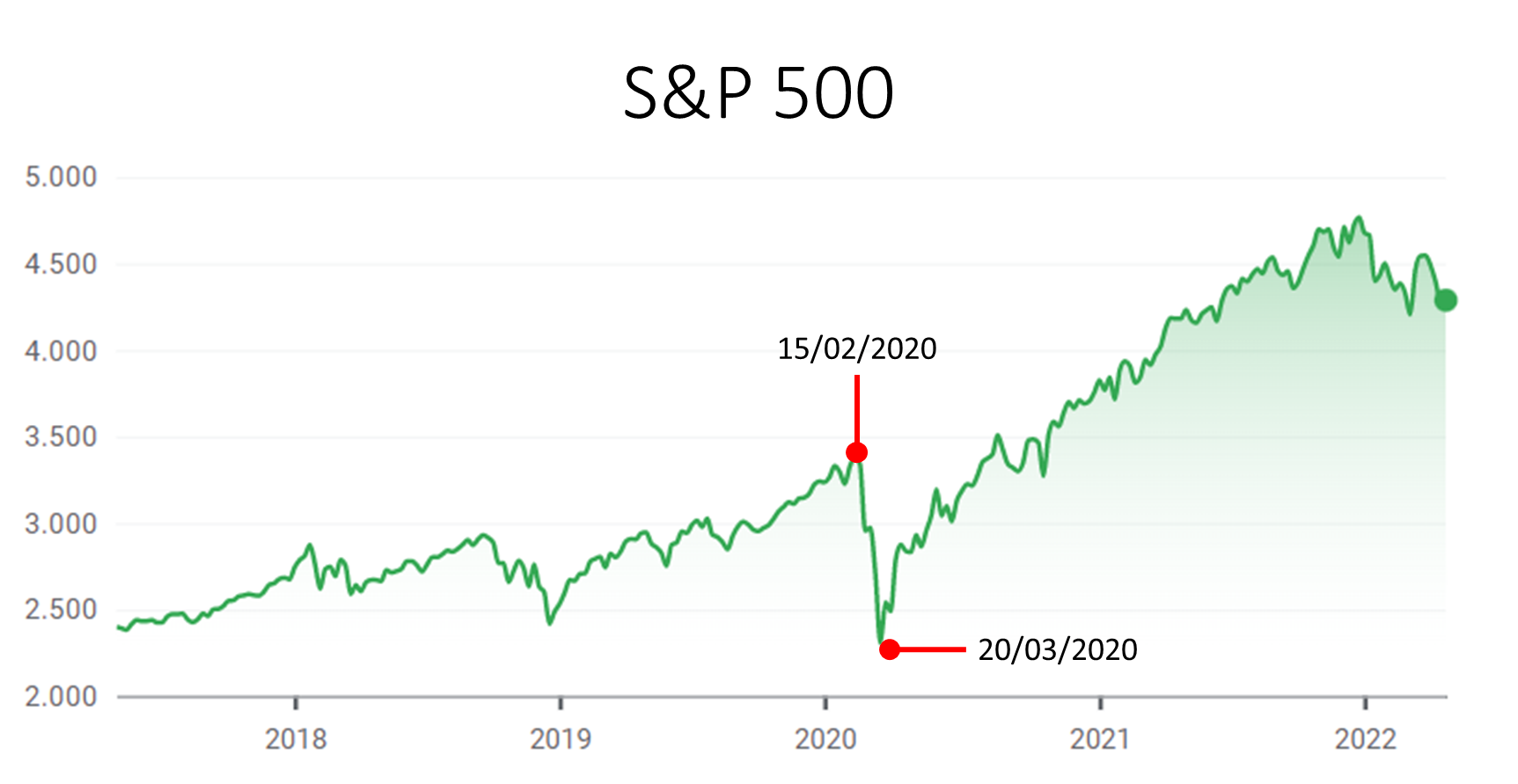
S&P 500 Index
Two teachings
The picture described above leaves us with at least two lessons. The first, more intuitive, is that periods of crisis or market turbulence offer great opportunities to invest, at least for those who choose to position themselves in the market at the right time. The second lesson is that, when investing, fear can play tricks on you, especially in the equity sector. Those who panic in the face of declines and sell the shares or equity funds in their portfolios are giving up forever the chance to recover any losses they may have incurred.
To realize this, it is sufficient to read an analysis carried out by the US magazine Advisor Perspectives, dedicated to financial advice. From 1950 to today, according to Advisor Perspectives, the S&P 500 index has lost more than 10 percentage points within a month only 9 times. The worst month (before the pandemic) was, for example, October 1987, when the decline in 30 days exceeded 21%. Well, after all these phases of strong decline, the index has always recorded double-digit average rises, or almost: in the three months following the falls, the average gain was 9.5%; in a six-month period, the rise reached 16.4%, while in 12 months, the positive performance was an average of 26.5%.
All those investors who gave up investing in the equity sector during those phases of strong recovery (perhaps because they fled precisely because they were frightened by the declines) have therefore lost the opportunity to "put in the pot" double-digit gains. Easy to say, with hindsight.
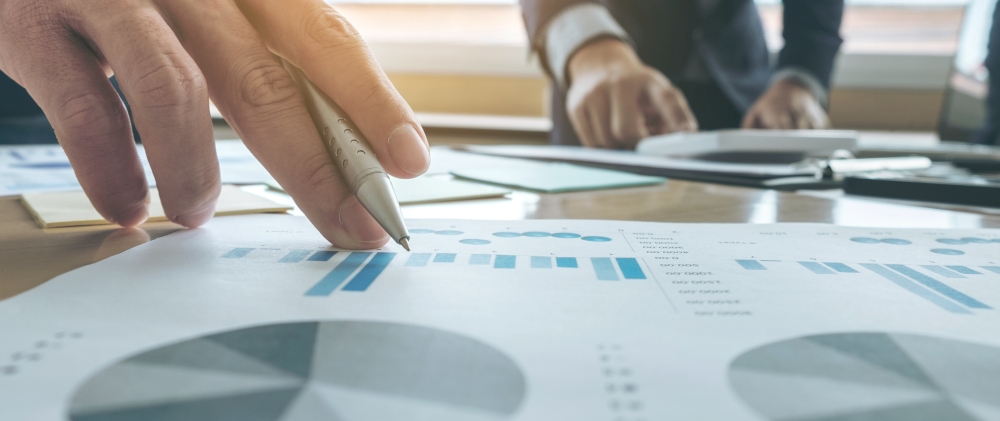
Between uncertainty and emotionality: the role of private banker
But how do you know what is the right time to enter or exit the market or how do you understand if it is appropriate to keep the portfolio invested, despite the decline in the stock markets?
It is in the face of these questions that all the value of financial advice emerges, carried out in a professional manner and with a medium and long term horizon.
In fact, the history of the markets has taught us how difficult it is for a single investor to get the timing right, i.e., the best time to position himself on the market, trying to predict future rises and falls by resorting to DIY. The good advisor is a professional who, among other things, is also able to teach clients how to dominate fear, not to make irrational choices just because he/she is taken by panic and does not remember (or ignores) how the markets behaved during the crises or during the volatile phases of the past.
On all those occasions, those who were able to keep their nerve (perhaps assisted by a trusted advisor and private banker) and those who went through the turbulence of the stock markets with a well-diversified portfolio, first limited the damage and then reaped the benefits in a reasonable time. All the more so if, thanks to the assistance of a professional and to the diversification of the portfolio, the same investor has also managed to increase exposure to the riskier and more volatile asset classes (such as shares), when prices were particularly convenient, having come back from sharp falls. In the long run, in short, the "touch" of the good advisor gives its beneficial effects.
/original/Testo+del+paragrafo+%2827%29.png)
/original/Testo+del+paragrafo+%2825%29.png)
